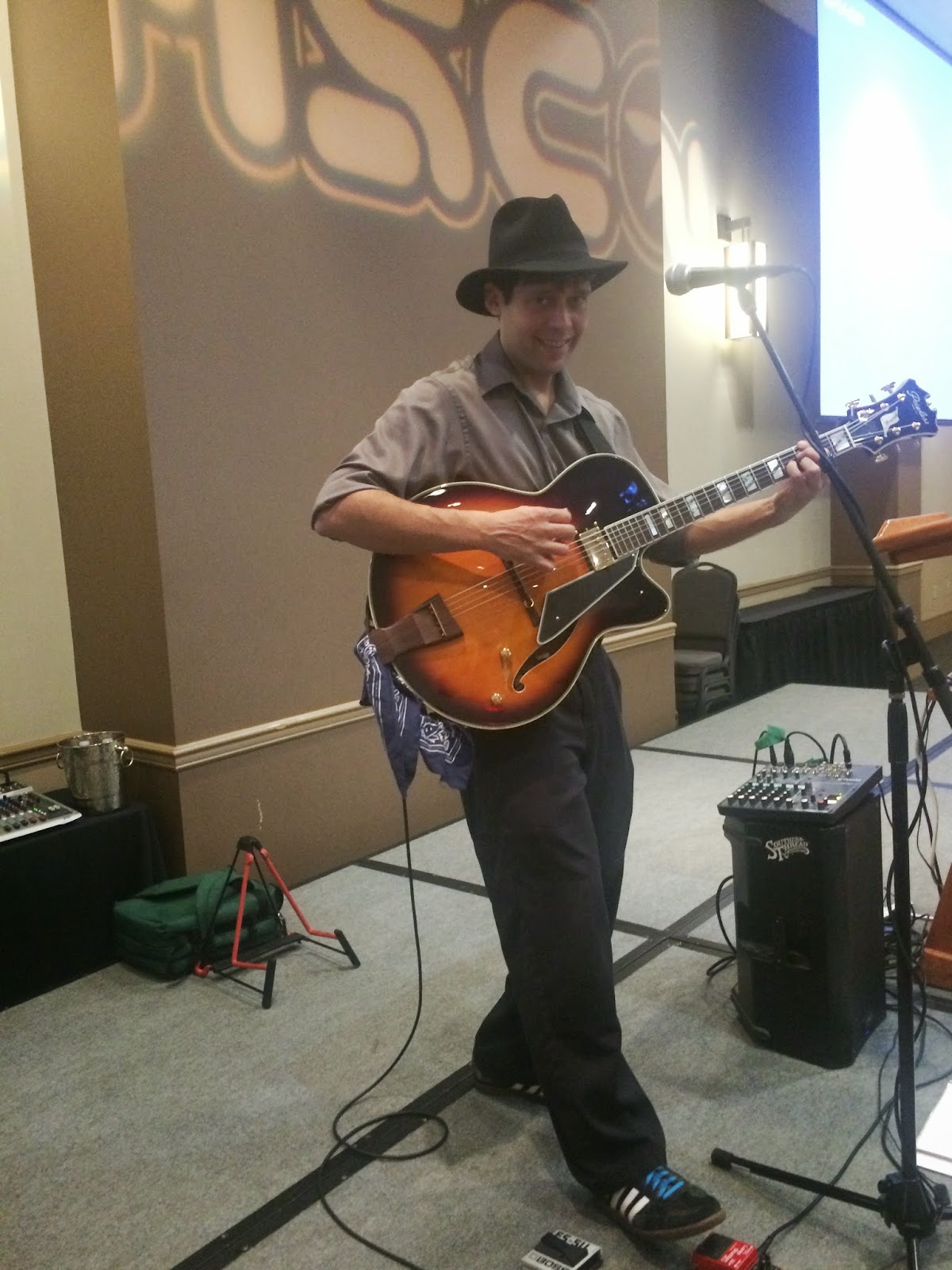Original property is newly invented or newly
discovered. It had no previous
owner. In fact, it did not exist –
or its existence was not perceived – until the original inventor created it or
the original discoverer found it.
How do we recognize such property?
What rights does the inventor or discoverer hold? Are some or all of those those objective,
absolute, or conditional?
A sailor finds an uninhabited island. Can she claim the whole thing for
herself? An astronaut lands on an
asteroid, a moon, or a planet. Can
she claim the whole thing for herself?
A physicist discovers a new form of energy. Can she claim it all for
herself? A radio hacker finds that
1100 KHz AM is owned by a broadcast company. Can she use a chopper to parcel
out nanoscopic slices of the wavelength for herself, given that her presence
will never be detected and her presence will never interfere with their
existing use of the wavelength?
 |
| The Ether did not exist for George Washington. You could have had it all to yourself for all he knew. Library of Congress. |
It could be argued that the 1100 KHz frequency already belongs
to someone. However, the property
is actually the amplitude modulated (AM)
use of that frequency. In
theory, frequency modulated (FM) and phase modulated broadcasts are both
possible on 1100 KHz without interference.
They are just not technologically useful today. This is not new.
(Actually, the property status is limited in space, as well. That, too, is a different problem, caused by a misperception of the potentials in technology. One of the nice features of 550 to 176 meter wavelengths is the way the waves bounce off the ionosphere. That was discovered as a by-product, entertaining teenagers who listened to far-away stations. It could have been commercially exploited.)
Thomas Edison was a telegraph hacker. He discovered how to multiplex and
quadriplex messages on the same wire.
Granted that the wire was someone’s property, it could, nonetheless have
been leased out to different people using different blocks of time-passage on
the same wire. Also, in theory, it
could have evolved that the telegraph wires would have been the broadcast
source for what we call radio.
When a direct current circuit is closed and opened, a
magnetic field is created and collapsed.
That is an alternating field.
That field could have been used to transmit information, as in fact, the
“ether” was used by actual radio (initially called “wireless”). So, you could have paid the telegraph
company its tariff for sending messages, but have no concern for the literal transmission
but been sending “open” and “close” signals to create a carrier wave for
transmissions of your own. Who
would have owned that ether?
 |
| The Personal Computer Revolution saw the use of voice grade telephone lines for data transmission. (Wikipedia) |
Lasers can carry messages. It could have come that a network of lasers made of ruby crystals doped with
chromium and pumped by xenon flash would have been a continental system, point
to point, with relays and amplifiers every 20 miles or so. Then, someone with a
YAG (yttrium aluminum garnet) laser could have a network whose beams crossed those in space but without interference because the beams are of different
frequencies. Thus, no violation of
property rights would have occurred.
Original property brings a special challenge to the law because no previous legislation anticipated it. Ayn Rand attempted to delineate the proper role of government in her essay "Property Status of the Airwaves." Twenty years later, the Electronic Frontier Foundation was created to bring law and order to cyberspace. Rand did not stray far from the mainstream. Her essay never questioned the Federal Communications Commission - though she excoriated it in other writings - or the law that created it with power to rule by decree. The EFF has been fighting a war of attrition while bunkered within the First Amendment. The next new invention will leave them to defend an old technology without new ideas.
I believe that rather than looking to legislation or administration, these problems are best settled in courts. The English system of justice works because of what American conservative complain about as "judicial activism." The other way is the Continental theory of "civil law" in which the legislature spells out the law in detail and the courts only enforce it. In other words, in the English system, the court fits the law to the case, making case law, whereas in the Continental system, the court fits the case to the law. (In American today, the courts do both. The court of original jurisdiction applies the law. Appellate courts test the law.) The English system is better at protecting individual rights because those are the implicit foundation for judging the law and for making new rulings that create precedents.
I believe that rather than looking to legislation or administration, these problems are best settled in courts. The English system of justice works because of what American conservative complain about as "judicial activism." The other way is the Continental theory of "civil law" in which the legislature spells out the law in detail and the courts only enforce it. In other words, in the English system, the court fits the law to the case, making case law, whereas in the Continental system, the court fits the case to the law. (In American today, the courts do both. The court of original jurisdiction applies the law. Appellate courts test the law.) The English system is better at protecting individual rights because those are the implicit foundation for judging the law and for making new rulings that create precedents.
ALSO ON NECESSARY FACTS



















